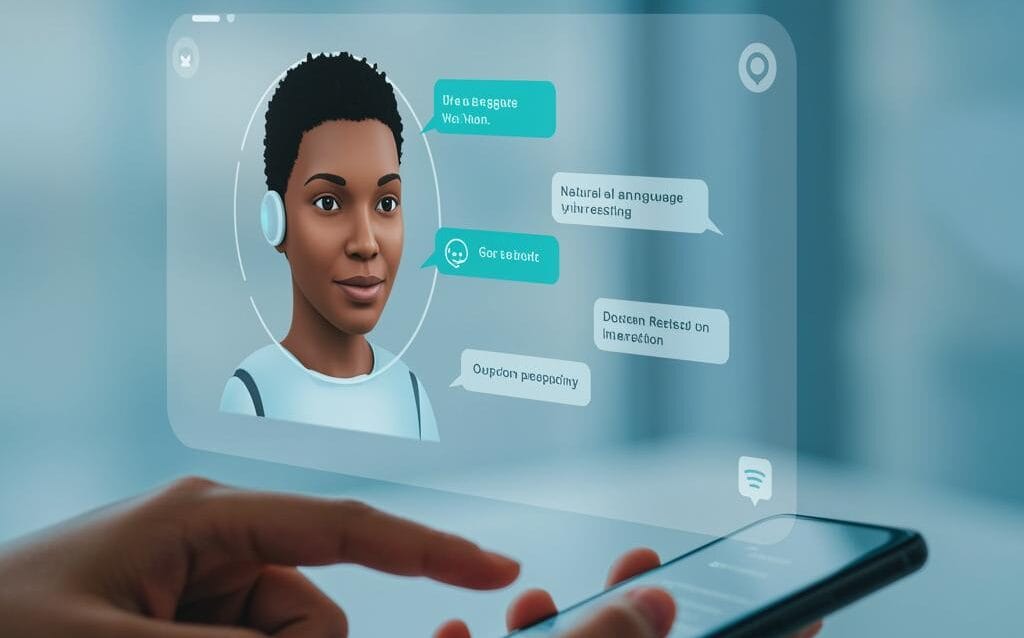NLP for Customer Service: Applications & Benefits
Natural Language Processing (NLP) Applications for Customer Service
Customer service is the backbone of any successful business. Providing efficient, personalized, and timely support is crucial for customer satisfaction and loyalty. In recent years, Natural Language Processing (NLP) has emerged as a powerful tool to revolutionize customer service, offering a range of applications that enhance efficiency, personalize interactions, and improve overall customer experience. This blog post explores the key applications of NLP in customer service and provides practical insights into how businesses can leverage this technology.
Understanding Customer Sentiment and Intent
Sentiment Analysis: Gauging Customer Emotions
Sentiment analysis, also known as opinion mining, uses NLP techniques to determine the emotional tone behind customer interactions. By analyzing text from sources like emails, chat logs, social media posts, and survey responses, businesses can understand how customers feel about their products, services, and brand. This allows for proactive identification of negative sentiment, enabling timely intervention and resolution of issues before they escalate.
- Practical Insight: Implement sentiment analysis to prioritize customer support tickets based on the level of frustration expressed. Address highly negative sentiments immediately to prevent customer churn.
- Example: A customer tweeting “This product is terrible! I’m so disappointed.” would be flagged as negative sentiment, triggering a priority response from the support team.
Intent Recognition: Decoding Customer Needs
Intent recognition goes beyond understanding sentiment to identify the underlying purpose of a customer’s communication. NLP models can analyze the language used to determine what the customer wants to achieve, such as requesting a refund, reporting a bug, or asking for product information. This allows customer service agents to quickly understand the customer’s needs and provide relevant solutions.
- Practical Insight: Train your NLP model with a comprehensive dataset of customer interactions to accurately identify various intents. This improves the accuracy of routing requests to the appropriate support team.
- Example: A customer writing “I need to return my order because it arrived damaged.” would be recognized as having the intent “request a return.”
Automating Customer Interactions
Chatbots and Virtual Assistants: Providing Instant Support
Chatbots powered by NLP have become increasingly popular in customer service. These virtual assistants can handle a wide range of customer inquiries, from answering frequently asked questions to guiding customers through troubleshooting steps. Chatbots provide instant support 24/7, reducing wait times and freeing up human agents to focus on more complex issues.
- Practical Insight: Design your chatbot with a clear conversation flow and integrate it with your knowledge base to provide accurate and consistent information.
- Example: A chatbot can answer questions like “What are your shipping options?” or “How do I reset my password?” without human intervention.
Automated Email Responses: Streamlining Communication
NLP can be used to automate email responses, ensuring that customers receive timely acknowledgements and relevant information. By analyzing the content of incoming emails, NLP models can identify the customer’s intent and generate appropriate responses, such as providing tracking information or directing them to relevant resources.
- Practical Insight: Use NLP to automatically categorize incoming emails and prioritize them based on urgency and complexity. This ensures that critical issues are addressed promptly.
- Example: An email asking “Where is my order?” can trigger an automated response with the tracking number and estimated delivery date.
Enhancing Agent Productivity
Knowledge Base Retrieval: Accessing Information Quickly
NLP can significantly improve agent productivity by enabling them to quickly access relevant information from the knowledge base. By analyzing the customer’s query, NLP models can identify the key topics and retrieve relevant articles, FAQs, and troubleshooting guides, allowing agents to provide accurate and efficient solutions.
- Practical Insight: Regularly update your knowledge base with new information and optimize it for NLP-based search to ensure that agents have access to the latest and most relevant resources.
- Example: When a customer asks about a specific product feature, the NLP system can automatically retrieve relevant documentation from the knowledge base and present it to the agent.
Call Summarization: Capturing Key Information
NLP can be used to automatically summarize customer service calls, capturing key information such as the customer’s issue, the steps taken to resolve it, and any follow-up actions required. This saves agents time on manual note-taking and ensures that important details are captured accurately.
- Practical Insight: Train your NLP model to identify and extract key entities from call transcripts, such as product names, order numbers, and customer names. This allows for more structured and searchable call summaries.
- Example: After a call, the NLP system can generate a summary that includes the customer’s problem, the solution provided by the agent, and any follow-up tasks assigned.
Conclusion
NLP offers a wealth of opportunities to transform customer service, improving efficiency, personalization, and overall customer experience. By understanding customer sentiment and intent, automating interactions, and enhancing agent productivity, businesses can leverage NLP to provide exceptional customer service and build stronger customer relationships. As NLP technology continues to evolve, its applications in customer service will only expand, making it an essential tool for businesses looking to stay ahead in today’s competitive market. Embracing NLP is no longer a luxury, but a necessity for delivering world-class customer service.

